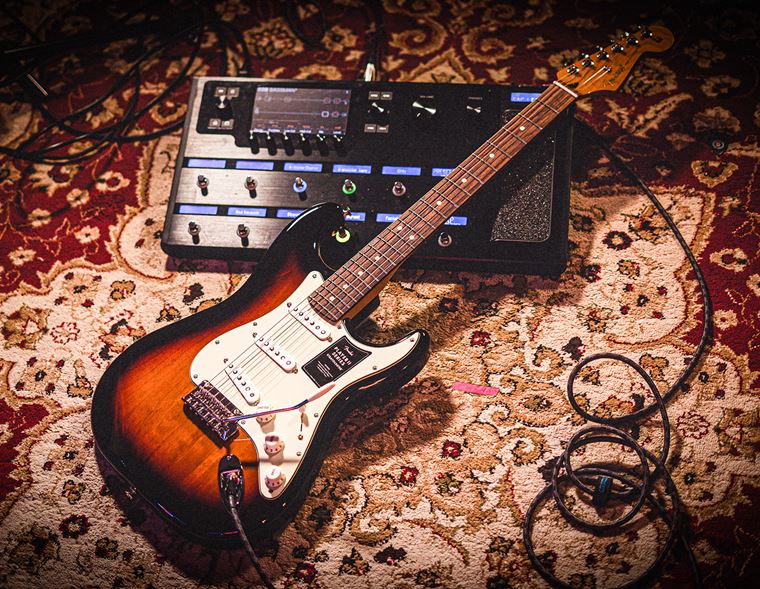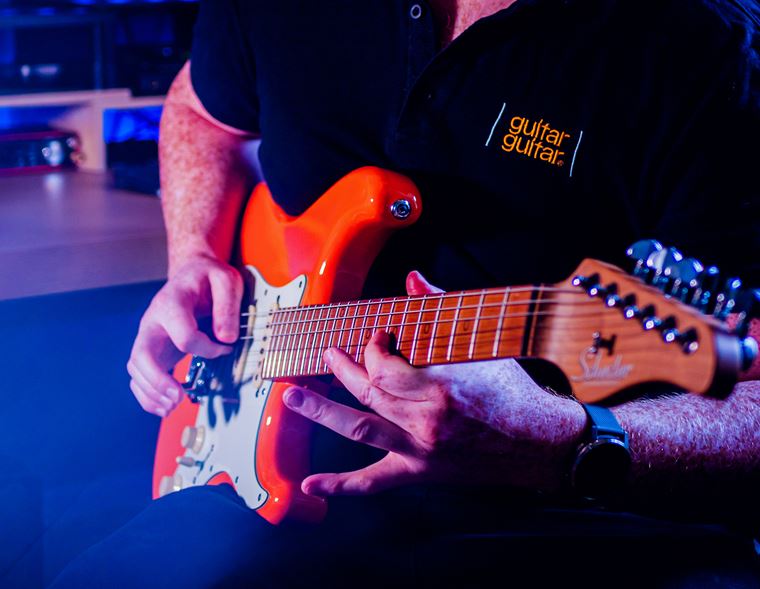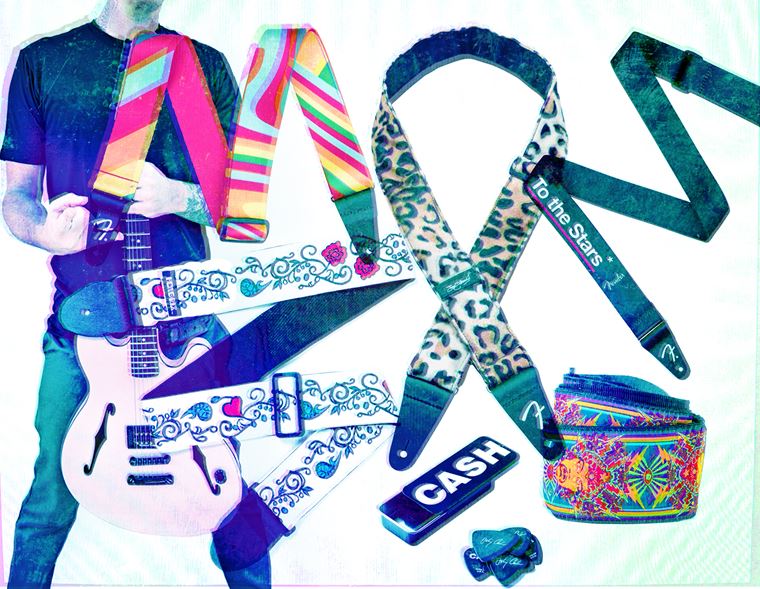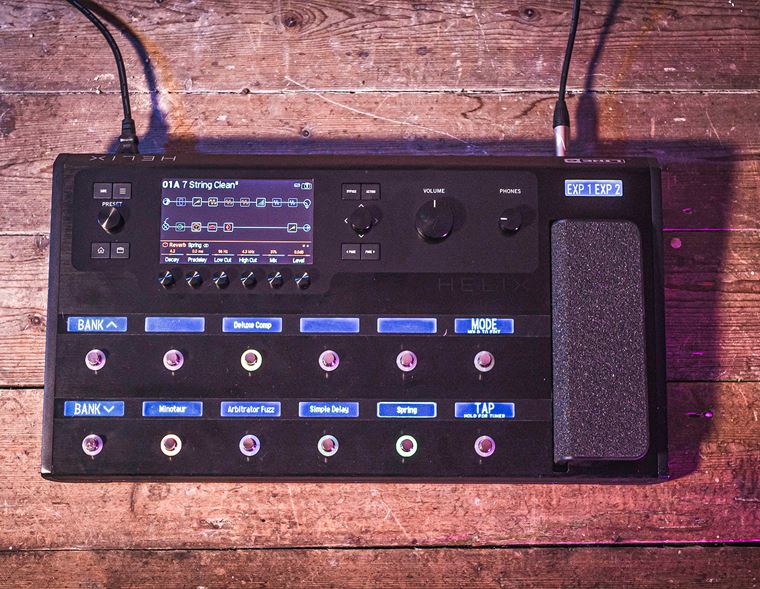13 Practical Home Recording Tips
Published on 01 July 2024
Planning on making some music at home? Ready to bring that epic musical masterpiece to life? Glad to hear it!
Like most of us these days, you’ll be doing at least some of it at home. Why not? Technology today is easily good enough to allow us - without re-mortgaging our homes - to create professional quality recordings that can compare with anything from the top studios of yesteryear.
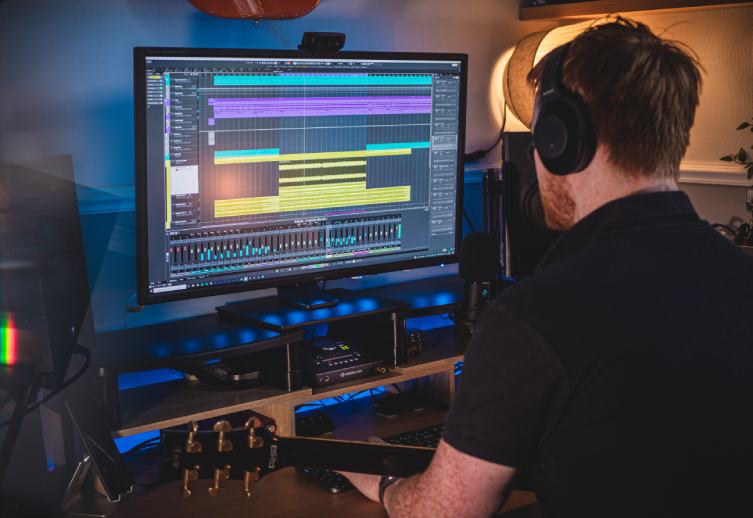
Now, there are certain things that will prove harder to successfully capture at home (amazing drum sounds being the first thing that comes to my mind), but most tasks are within your means for sure. That said, there’s always room to learn some little tips and tricks, and this here blog is filled with stuff I’ve taken on board throughout a lifetime of recording.
As ever, take what resonates with you and leave the stuff that doesn’t apply. Happy recording!
Contents
Vocal Booths Make a Huge Difference
Have Clear Intentions
It’s important to have a clear perspective on what your task is, prior to beginning your session. It is very easy to fall down the collective rabbit holes of gear settings and presets. These are all time wasting distractions, so have all of that prep sorted in advance, in order to allow you a clear path to your goal.
That goal doesn’t have to be a finished song, either. If your goal is to overdub some guitars, then that’s all you need to focus on: the slightly ‘off’ bassline can wait until another day. Have a mission for the day and see about completing that mission in preference of all else.
There’s No Rush
When you’re paying for a commercial studio, you feel the pressure of the pounds ticking away minute after minute. It’s not the most creative way to exist, and you end up setting your gear and mics up as quickly as you can. It all costs!
When you have a home set up, there is no meter clocking up the fare, so to speak, so take your time! You want to sound as good as possible, so don’t second-guess yourself: take the time to test different mic placements, different sounds and even different places to stand when performing.
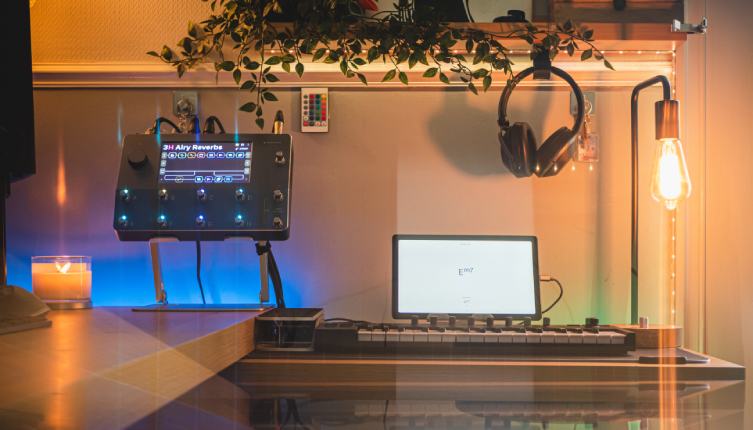
Prepare the Room
Where are you recording? If it’s something like a bedroom then you’ll have windows to contend with (bad for reflecting sound back) and the overall space to consider. If you are close-micing your guitar amps then the room matters less than the mic’s relation to the speaker, but if you are recording vocals or acoustic instruments then you need to do some prep.
What, though? Well, make the room as acoustically ‘dead’ as possible: close the curtains, hang up big heavy sheets (or rugs, or carpet) wherever you can to dampen the space. A vocal booth (see a later tip below) is an excellent investment, but if you can’t do that, consider if you have something like a walk-in cupboard that could house a person. Such a space is actually great for recording vocals, providing you can run cables underneath the door!
Consider NOT Using Your Room
You may be dead set on micing up your expensive tube amp and cranking some serious volume to get your perfect tone, and I’d say go for it if your neighbours are fine about the noise!
But it doesn’t mean you’ll get a better guitar sound recorded. No sir, it’s actually almost more trouble than it’s worth sometimes: if your mic placement isn’t capturing the tones you want, consider the option of going digital and using a plugin. It’s not heresy, and next to nobody can tell these days whether a recorded electric guitar sound has come from an amp or a modeller anyway.
Basically, if the room you’re working in is a benefit, then great! If not, take it out of the equation, in terms of your recording process. For vocals, this might mean the next tip will be useful…
Vocal Booths Make a Huge Difference
Vocal booths are normally objects that are quite a sci-fi/clamshell like in appearance, and are designed to mostly engulf the area around a microphone in order to create a sonic ‘dead zone’. When I spoke earlier about closing curtains and putting rugs and sheets on walls, this is a more immediate example of that same principle.
The deader - or more neutral - you can make your area around the vocal mic (particularly if it’s a condenser mic), the better the resulting recording will sound. If you simply stick the mic on a stand in the middle of the room, it’ll sound terrible and you’ll quickly learn your lesson. Nothing is more important to a song than its lead vocal (sorry) so it pays to get this bit right.
Invest in Headphones
Mixing is definitely best done on a good pair of monitor speakers, but you’ll be tracking and testing sounds more often than not on a pair of headphones, so it’s worth going for a decent pair that will represent the sounds and frequencies you’ve recorded without adding lots of colour and ‘influence’. Lots of commercial pairs of headphones are designed to boost the sound at certain points in order to give the impression that the sound is both better and louder. What you really want is a flat-sounding, accurate set of cans with ‘closed back’ construction that will prevent sound leaking out into your recording atmosphere.
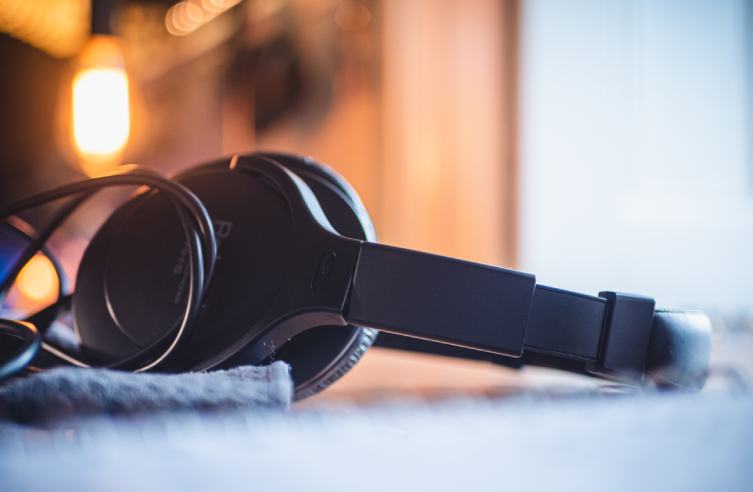
Mic Preamps are Where It’s At
Do you want pro sounding vocals? In addition to a vocal isolation booth (see above), you'll also want to know about mic preamps. Whether physical things or digital equivalents, mic pres, as we call them, give your microphone signal a bit of a kick in strength, a little warmth in tone and some EQ possibilities.
In the past, these functions were built into expensive mixing desks, some of which you can buy today as digital plugins, in a similar manner to how we’d buy digital models of famous amplifiers.
Otherwise, lots of audio interfaces have built in mic preamps, so you may already have some nice preamps working for you! They’ll immediately give your vocal tracks in particular a production ‘glow up’, and add production value to your whole project.
Do You Need That Much Gain?
It’s something that guitarists don’t like to hear, but you might want to temper your gain levels a little. High levels of gain on your guitar may sound awesome on its own, but in the middle of a mix, your sounds will wash out a little, lose definition and actually sound less tough/brutal/insert adjective here as you’re aiming for.
Dial it back a bit and you have somewhere to go in terms of extra intensity. Plus, your overall sound will be tighter and punchier. More often than not, that’s what you want, right?
Sculpt, Don’t Paint
This applies to the mixing and EQing stage. Instead of boosting everything and turning every track up, instead consider chopping away at certain frequencies (look into ‘shelving’ as an approach/philosophy when mixing) and consider that removing - as a sculptor would do with wood ro stone - can be better at revealing the art than continually going the other way. Can’t hear a solo? Don’t turn it up: turn down the rhythm tracks a little.
Lather, rinse and repeat for all elements of the mix and you’ll have something promising.

Paint, Don’t Sculpt
Opposite advice? No, this is for when you’re tracking. Sort your guitar parts/vocals/keys into different tracks and record them as separate pieces. It sounds great when you layer parts and have them all sitting at their appropriate volume, rather than trying to get it all in one continuous take. You just have less control over the sound that way.
I know that Eddie Van Halen did most of his guitar parts in one straight take, but none of us are Eddie Van Halen, right? Plus, even he knew when to layer up parts like a painter. It’s a recording, not a live show, so treat the parts for what they are: layers in a painting of sound.
Take Risks
I don’t mean actual risks, where you’d be in physical danger. I mean risks in the context of your recordings. If you have a crazy notion or idea, why not see it through to its conclusion and then assess if that idea was worth it: you’ll learn loads in the meantime!
The world is already too full of bland, boring songs created by people who don’t take any chances, so why join those dull ranks? Explore sonically, be bold and juxtapose elements that don’t belong (says who?) in such a context. In short, give us all something we aren’t expecting. If it stands out as odd, it could be odd in the very best of ways, and that could be what sets you apart from the dull masses.
Don’t 'Fix it in the Mix'
You’ve heard this warning a million times already, but let me repeat it once more: you can’t fix things in a mix. If it sounded poor when you tracked it, get it deleted and record it again, whatever it was. By the time you’re mixing, you need to have your head in about twenty different places at once, so don’t add to the madness by having low-quality performances.
This also applies to bad tone: if it sounds rubbish after you track the piece, why let it progress to the point of the mix? Get it sounding better at the source and allow everybody an easier time later.
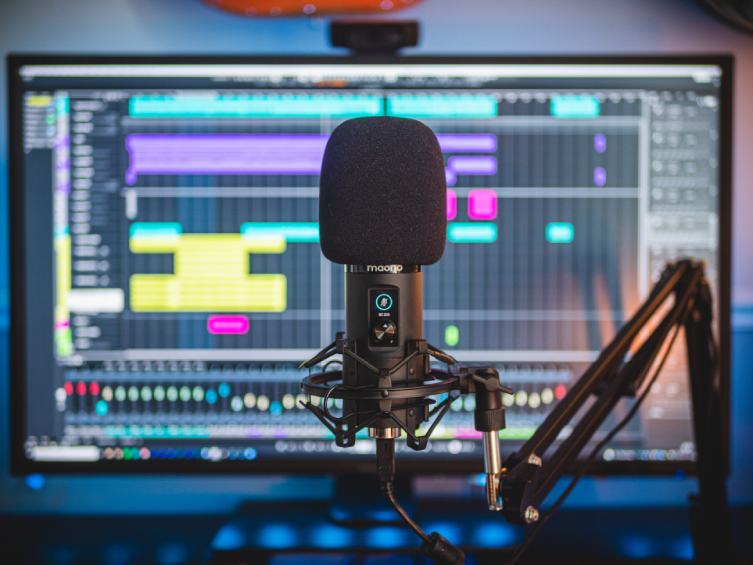
Test Your Mixes
Have you got your mix sorted? Congrats! What did you listen back to it on? The studio monitors? Well then, your job is far from over! How many everyday people listen to music on a pair of studio monitors?
Get a download of your mix and play it on your phone’s speaker. Play it in your car. Play it in your mad waterproof running earphones. Lay it through anything that lets you play music, and assess critically how your mix is sounding through these devices. Is anything standing out too much, or indeed disappearing? Lots of today's soundbars and TVs actually convert stereo signals into an unusual type of mono before doing their thing with the sound, so check to make sure anything panned extremely hard left or right is not missing!
Advice, Not Rules
Your music is YOUR music, and it’s up to you how it ultimately sounds. These tips are all worth trying out, but if something you do is working for you, don’t second guess it just because it’s in opposition to something you’ve read here or elsewhere. We’re all just figuring out this grand madness we refer to as music production, so there’s no rulebook for you.
Have fun, and if something isn’t working, there’s either a very probable workaround, or else try to make that problem an advantage. The less you have in the way of expectations, the more free you’ll be to change direction, as long as your intentions remain and your mission is completed.
Have fun recording, and take sonic risks!


